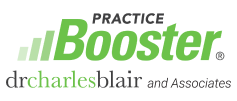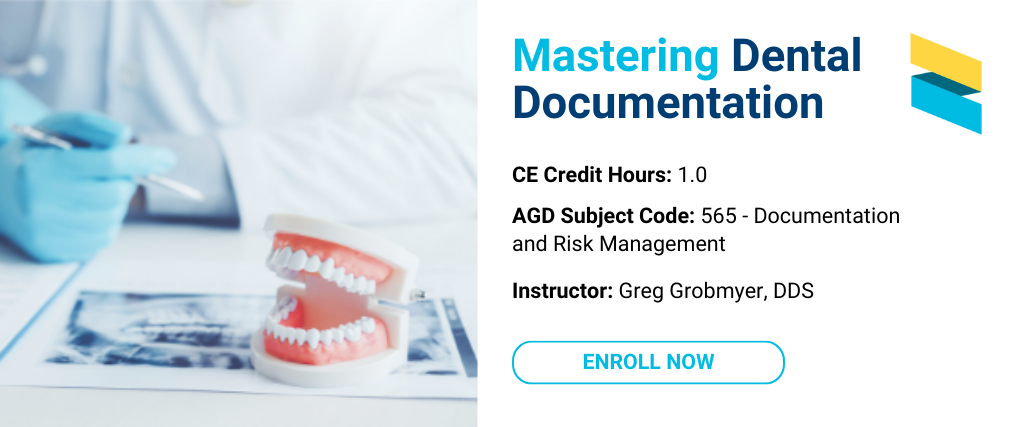Accurate dental coding is an essential piece of the dental practice revenue cycle. CDT codes serve as a universal language that helps providers communicate with insurance payors, government agencies, and fellow providers. Due to the complex nature of dental coding, errors are frighteningly common – leading to denied claims, financial loss, and administrative nightmares. In this blog post, we will explore some of the most common coding errors and provide valuable tips on how to avoid them.
The importance of dental coding
Before we dive into errors, let’s take a moment to understand why dental coding knowledge is essential. Dental codes help dental professionals accurately document patient treatment and communicate with insurance payors. Proper dental coding ensures that the services rendered are reported and billed correctly and that dental claims are processed as smoothly as possible.
However, the CDT coding landscape can feel like a spooky corn maze for even the most seasoned dental professional. Let’s examine some of the most frighteningly common coding errors and how you can sidestep them.
Dental Coding Error #1: Selecting the wrong dental code
One of the most prevalent dental coding errors is selecting and reporting the wrong dental code for a procedure. This can happen due to various reasons, such as code familiarity or confusion between similar codes.
How to avoid it:
- Invest in regular training and education for your staff to keep them up-to-date with the latest CDT code changes
- Double-check codes, especially when dealing with similar procedures
- Use dental coding software or resources to verify code accuracy
Dental Coding Error #2: Upcoding and downcoding
Upcoding occurs when a provider uses a dental code for a more complex or expensive service than what was actually performed.
Downcoding is the opposite – using a dental code that doesn’t accurately reflect the provided service. Third-party payors have been known to downcode to a less complex and/or lower-cost procedure than was reported when reimbursing.
How to avoid it:
- Always code based on the actual services performed
- Train your staff to document procedures accurately to avoid discrepancies
- Be aware of the alternate procedures to ask to be considered if a claim is denied or improperly downcoded
- Proactively review the scope of procedures, and which codes are used, to ensure the procedures are being reported properly
Dental Coding Error #3: Unbundling
Unbundling involves billing two or more CDT codes instead of one inclusive code. This would also include submitting multiple dental claims for one date of service in order to obtain higher reimbursement.
The ADA states that insurance payors often see these unbundled dental claims that are not consistent with the Code on Dental Procedures and Nomenclature:
- Pins reported as a separate service from a core buildup (the D2950 buildup code includes pins)
- Adhesives, bases or liners as a separate service from the restorations (the Code defines these to be included as part of the restoration)
- Occlusal adjustments and minor adjustments to prostheses as a separate service, when the prosthetic service includes routine post-delivery care
- Suture removal, as a separate service from the extractions, which includes suturing and postoperative care
- X-rays taken during the course of root canal therapy as a separate service from the root canal, which by definition, includes intra-operative X-rays
How to avoid it:
- Familiarize yourself with bundling rules and guidelines
- Use software or coding resources to cross-reference and ensure proper bundling
Dental Coding Error #4: Failure to document medical necessity
A very broad definition of medical necessity is, as explained in Practice Booster’s Medical Dental Cross Coding with Confidence 2024 guide, “the treatment or supplies provided to a patient, which are considered reasonable, necessary, and/or appropriate, based on accepted clinical standards of care.”
Insufficient documentation of a procedure’s medical necessity is a common error, often leading to denied claims.
How to avoid it:
- Review your documentation standards and incorporate detailed explanations of why a procedure was medically necessary
- Train your staff to understand the importance of thorough documentation
Dental Coding Error #5: Ignoring updates and changes
Dental codes are not static; they are updated yearly. From 2020 to 2024, there have been over 175 CDT code changes that include additions, editorial revisions, and deletions. Failing to keep up with updates and changes makes coding errors inevitable.
How to avoid it:
- Subscribe to dental coding and administration newsletters and publications
- Attend regular dental coding workshops and CE courses
- Update your dental coding manuals to the latest versions
Dental Coding Error #6: Poor communication
Effective communication among your dental team is crucial to keep everyone on the same page on everything from openings in the provider’s schedule to sending clean dental claims. The top dental practices in the country know that communication is essential to creating the synergy that keeps patients coming back and dental teams loving their jobs.
How to avoid it:
- Hold regular morning huddles to discuss opportunities for the day, including any coding updates and concerns
- Encourage open communication channels to address dental coding-related issues promptly
Dental Coding Error #7: Lack of quality control
Without a system of checks and balances in place, errors can slip through the cracks. When is the last time you audited your coding practices to make sure you are compliant?
How to avoid it:
- Implement a quality control process to review dental claims before submission
- Regularly audit coding practices to identify and rectify errors
Dental Coding Error #8: Rushed coding
When push comes to shove, dental coding often takes a backseat to patient care. Rushing, however, can lead to inaccuracies that can trigger denials or even insurance audits.
How to avoid it:
- Allocate sufficient time for accurate dental coding and documentation
- Consider outsourcing dental billing and coding tasks
Don’t let these errors haunt your practice
As you can see, frighteningly common dental coding errors can have a profound impact on your bottom line, leading to denied claims, revenue loss, and administrative headaches. By proactively facing these common dental coding nightmares head-on, and implementing the strategies outlined in this post, you can safeguard your practice against costly errors.
Remember, dental coding is an ever-evolving field, and staying informed and up-to-date is crucial. Invest in ongoing training for your staff, embrace technology and coding resources, and foster a culture of accuracy and diligence in your dental practice.
Sources
Bundling and Downcoding, Top 10 Claim Concerns: ADA, NADP Share Views on Dentists’ Concerns. American Dental Association. Published Aug. 2006. Accessed Oct. 2023.



0 Comments